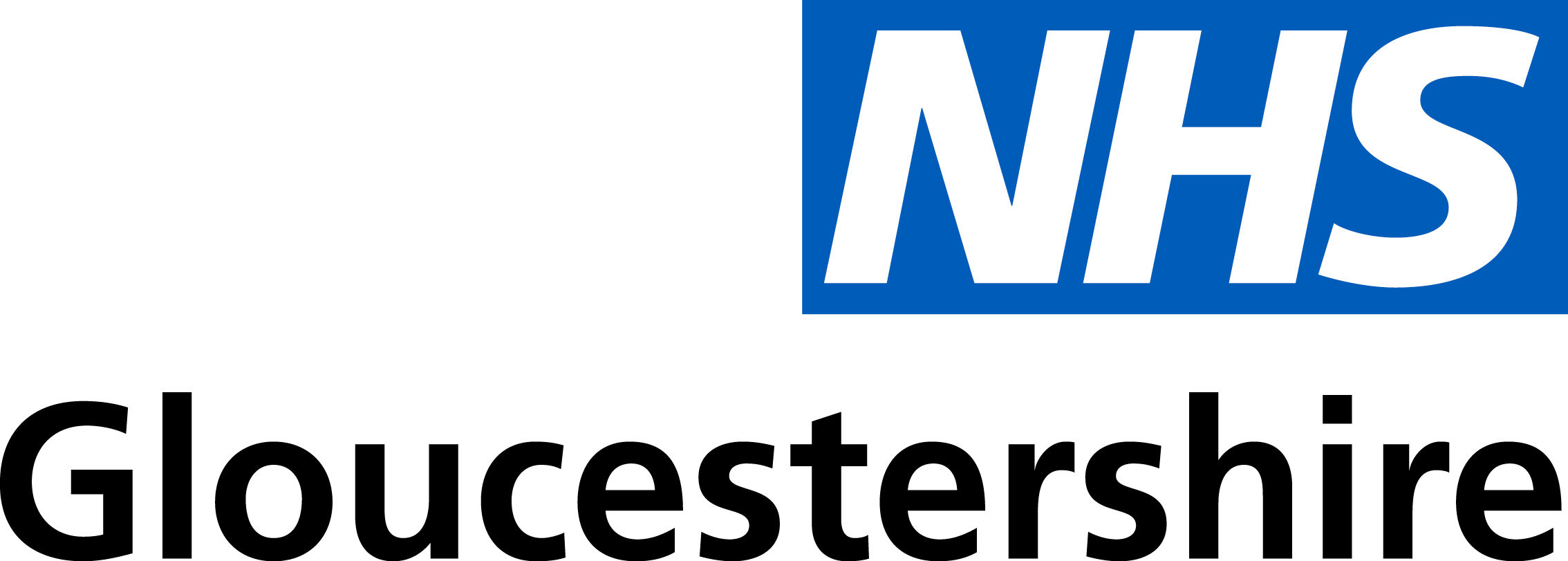Gloucestershire health and care partners have welcomed the Elective (planned care) Reform Plan, which outlines priorities to cut the number of patients waiting more than 18 weeks for NHS treatment.
The plan focuses on three key areas: improving waiting times so more people receive a quicker diagnosis and treatment; more convenient access to care through direct access to tests, scans, operations or procedures; and improving patient experience through greater choice and control over when and where they will be treated.
The overall ambition is to ensure 92% of patients wait no longer than 18 weeks from referral to treatment by March 2029.
Much of this work is already well underway in Gloucestershire, with significant progress made in reducing the longest waiting times for diagnostic tests and planned operations and procedures as we continue to focus on improving efficiency and increasing the capacity of our services.
GPs are able to access referral guidelines and expert ‘advice and guidance’ from specialists across a wide range conditions before making a referral, avoiding the need for unnecessary hospital appointments. There are also some conditions where GPs can refer people straight for diagnostic tests without the need to see a consultant first.
There have been significant increases in diagnostic tests for a number of conditions, ensuring that patients are seen, diagnosed, and a treatment plan is made as quickly as possible, with our new Community Diagnostic Centre supporting more than 80,000 extra appointments a year.
Alongside the acceleration of diagnoses for our patients, we continue to increase the number of hospital appointments, operations, and procedures, including extra outpatient clinics and theatre slots at the weekends and into the evening, as well as using facilities in the independent sector for the treatment of NHS patients, some of whom have been waiting the longest.
Patients also have greater control of their care through a new portal, also available through the NHS app, which offers the opportunity to self-manage appointments and sends digital reminders.
Approximately 40% of correspondence is now digital, and there has been a notable reduction in people not attending appointments (often described as DNAs). The introduction of patient-initiated follow-up appointments is also offering patients more flexibility to arrange appointments as and when they need one, based on their symptoms and individual circumstances.
Dr Ananthakrishnan Raghuram, Chief Medical Officer, NHS Gloucestershire, said:
“We very much welcome this plan which will further support our efforts to reduce the longest waits for diagnosis and treatment, and improve the experience for our patients. However, this takes place against a challenging financial position and we are focused on making the best use of every pound spent.
We know how important it is to our patients to access diagnostic services and treatment or receive the all clear as quickly as possible so they can get back to living their lives.
Our Community Diagnostic Centre in Gloucester has been vital since it opened last year in providing thousands of extra diagnostic appointments, 12 hours a day, seven days a week. We are also continuing to expand the number of conditions where people can be referred by their GP practice for diagnostic tests without having to see a specialist.
Once people have a diagnosis, we are also working hard to improve arrangements and make the best use of our resources so people can be treated more quickly, for example by making sure operating theatres operate as efficiently as possible and giving patients more flexibility on whether they need follow-up appointments.
These initiatives are all well established, which means the health and care system in Gloucestershire has made good progress in bringing down long waits since the pandemic, but we acknowledge that there is much more to do.
Whilst reducing waits to pre-pandemic levels remains an immense challenge, the publication of the national Elective Recovery Plan gives the NHS in Gloucestershire the best possible opportunity to succeed and to reduce waiting times for patients.”
Additional information
Latest available data shows that 66.2% of patients in Gloucestershire have been waiting less than 18 weeks for treatment from referral.
There has been a significant reduction in the number of patients waiting more than 52 weeks for treatment, now at around 1,700 people compared to 3,200 at the highest point in 2023.
Waiting times for diagnostic tests continue to improve; 11.3% of patients were waiting more than 6 weeks for their diagnostic tests at the end of October 2024. This is just above the target of 10% which we are aiming to meet by the end of March 2025. In October, Gloucestershire providers delivered the highest number of diagnostic tests recorded – more than 25,000 in a single month.

